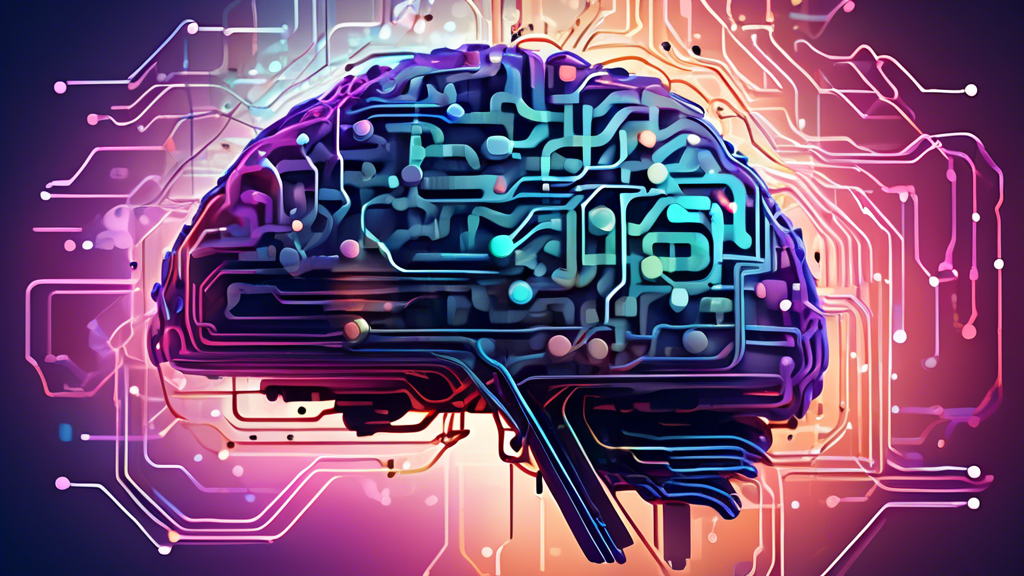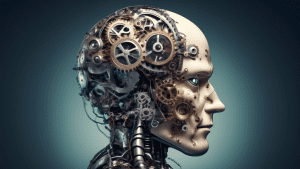Understanding the LLM Behind ChatGPT
Artificial Intelligence (AI) and machine learning technologies have significantly advanced in recent years. One of the fascinating developments in this field is the creation of language models like OpenAI‘s ChatGPT. At the heart of ChatGPT lies an intricate system known as a Large Language Model (LLM). In this article, we will explore what LLMs are, how they work, and their impact on AI conversational agents like ChatGPT.
What is a Large Language Model (LLM)?
A Large Language Model is a type of AI model designed to understand and generate human-like text based on the data it has been trained on. It leverages vast amounts of text data from books, articles, websites, and other resources to learn the intricacies of language, grammar, semantics, and context.
LLMs employ deep learning techniques, particularly neural networks, to process and understand text. The architecture commonly used includes transformer networks, which can handle hierarchical, sequential data more effectively than previous models and exhibit superior performance in natural language processing (NLP) tasks.
How Does the LLM Behind ChatGPT Work?
ChatGPT uses a specific type of LLM called the Generative Pre-trained Transformer, or GPT. Developed by OpenAI, GPT-3, which powers ChatGPT, is the latest and most advanced iteration in the GPT series as of information available until 2023.
Here’s a simplified breakdown of how this LLM works:
Pre-training
The model is initially pre-trained on a diverse corpus of text data. During this phase, it learns to predict the next word in a sentence, given all the previous words within a certain context. This helps the model understand sentence structure, grammar, and contextual relationships between words.
Fine-tuning
After pre-training, the model undergoes fine-tuning on a narrower dataset, often including specific examples of conversations or tasks it is expected to perform. This phase helps tailor the model’s responses to be more relevant, accurate, and contextually appropriate.
Inference
During use, the model generates responses by taking an input sentence or prompt and producing coherent, contextually relevant text. The transformer architecture allows it to consider the entire input context, managing long-range dependencies more effectively than previous models.
The Impact and Challenges of LLMs
Positive Impacts
LLMs like GPT-3 have revolutionized many applications, from chatbots and customer service to content generation and translation services. They provide highly responsive, context-aware interactions that significantly enhance user experiences.
Challenges
Despite their impressive capabilities, LLMs face several challenges:
- Bias: Since LLMs learn from large datasets, they can inherit and propagate biases present in the training data.
- Resource Intensity: Training and maintaining sophisticated LLMs require substantial computational resources and energy.
- Hallucination: LLMs can sometimes generate plausible but incorrect or nonsensical responses.
Conclusion
The Large Language Model behind ChatGPT represents a significant leap in the field of AI, enabling machines to understand and generate human-like text with remarkable accuracy. While challenges remain, ongoing research and development efforts aim to improve these models, making them more reliable, ethical, and efficient for various applications.
For more information about OpenAI‘s GPT-3 and other AI advancements, visit the OpenAI website.






No comments! Be the first commenter?